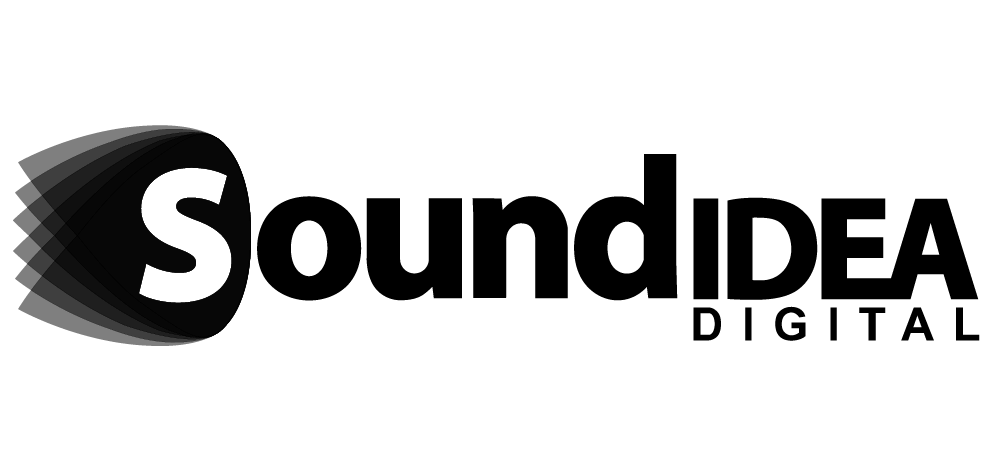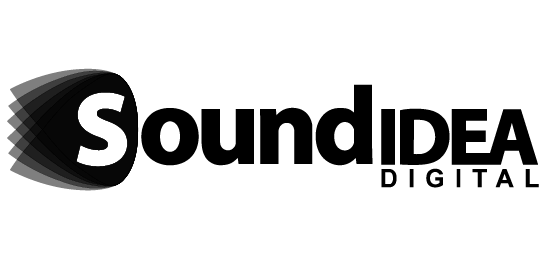
Explainer Videos in Education: A Comprehensive Guide
Explainer videos have revolutionised the way information is communicated in educational settings by making complex ideas simple and engaging. Through the combination of visuals and narration, these videos help learners understand difficult concepts more quickly and effectively. Their flexibility makes them suitable across various sectors—from schools to corporate training and public awareness campaigns—empowering educators to meet the diverse needs of today’s learners.
Among the various animation styles available, whiteboard animation stands out as a particularly effective medium in education. Its hand-drawn, real-time visual storytelling mirrors the natural process of learning, making it an ideal tool for breaking down complicated information and sustaining learner interest. The growing popularity of whiteboard animators reflects their unique ability to clarify content in an accessible, relatable format.
Purpose and Benefits
Explainer videos excel at distilling complex subjects into clear, manageable pieces of information. This is crucial in education, where learners often encounter challenging or abstract topics. Whiteboard animation, in particular, uses a step-by-step approach that visually mimics the drawing process, guiding learners through concepts progressively. This gradual reveal helps reduce cognitive overload, making content easier to follow and absorb.
The benefits extend beyond simplification. Explainer videos engage learners more deeply by combining storytelling with visuals, which can increase motivation and improve retention. Whiteboard animators create dynamic scenes that keep viewers focused, as watching a concept come to life in front of them adds an element of anticipation and discovery. These videos also cater to different learning styles, making education more inclusive and effective for a broad audience.
Popular Animation Styles
There are several animation styles utilised in explainer videos, each with distinct advantages. Whiteboard animation remains a popular choice due to its simplicity and clarity. Whiteboard animators craft hand-drawn illustrations on a blank canvas, creating a visually captivating narrative that feels personalised and approachable. This style is particularly suited to educational content because it mimics the familiar classroom experience of taking notes or sketching ideas on a board.
Other common styles include 2D animation, which uses flat illustrations to depict characters and scenes, and motion graphics, which animate text and shapes to highlight information dynamically. Character animation adds emotional appeal through animated personas. However, whiteboard animation’s strength lies in its ability to make information accessible through clean visuals and an intuitive flow, making it ideal for explaining step-by-step processes or abstract theories.
Target Audiences
Understanding the audience is critical when designing explainer videos. In schools, whiteboard animators can make curriculum subjects like science or history more digestible by visually illustrating concepts as they are explained. This visual aid helps students who struggle with traditional text-heavy materials and encourages active learning.
In corporate training, whiteboard animation effectively simplifies complex policies, procedures, or software tutorials, enabling employees to learn at their own pace without feeling overwhelmed. Public awareness campaigns also benefit from this format, as whiteboard animators can transform important social or health messages into easy-to-understand visuals, helping reach diverse communities. Tailoring the tone, style, and complexity ensures the video resonates with its specific audience.
Scriptwriting & Storyboarding
The synergy between whiteboard animators and scriptwriters is essential to the success of any explainer video. The script must be concise and focused, clearly communicating the core messages without overwhelming the viewer. Whiteboard animation lends itself well to this because the visuals can emphasise key points as they unfold alongside the narration.
Storyboarding is a critical stage where the written script is translated into visual scenes, allowing animators to plan pacing and transitions effectively. For whiteboard animators, storyboarding guides the timing of hand-drawn sequences, ensuring that the visuals enhance understanding and retention. Well-executed scriptwriting and storyboarding make sure the final video is coherent, engaging, and educationally impactful.
Localisation & Language
South Africa’s rich linguistic and cultural diversity demands that educational content be carefully localised to maximise reach and relevance. Whiteboard animation is particularly adaptable in this regard. The clear, minimalist visuals reduce reliance on text, which makes it easier to localise scripts and voiceovers into multiple languages without losing meaning.
In addition, whiteboard animators can incorporate culturally relevant symbols and examples that resonate with different communities, making the learning experience more authentic and inclusive. By addressing language barriers and cultural differences, explainer videos become powerful tools to bridge educational gaps in diverse populations.
Technology & Tools
Producing whiteboard animation requires specialised technology that supports fluid, hand-drawn visuals and synchronised narration. South African studios often employ digital tools that enable whiteboard animators to replicate the feel of real-time drawing while maintaining professional quality and efficiency.
These platforms allow for easy editing, voiceover integration, and animation refinement, which are vital for producing clear, polished educational videos. As technology evolves, whiteboard animators gain access to features like interactive elements or enhanced visual effects that can further enrich the learning experience without compromising the style’s simplicity and effectiveness.
Challenges & Solutions
Despite its advantages, creating whiteboard animation comes with challenges. Budget constraints can limit the scope or length of videos, especially for educational institutions or NGOs. However, whiteboard animation is inherently cost-effective compared to more elaborate styles, offering a practical balance between quality and affordability.
Technical limitations, such as lack of access to advanced software or trained animators, may also pose obstacles. Partnering with experienced whiteboard animators who understand local contexts helps overcome these hurdles. Furthermore, avoiding excessive information density and focusing on clear, concise messaging prevents learner overload, ensuring videos remain engaging and easy to follow.
Future Trends
The future of whiteboard animation in education is bright, with several exciting trends emerging. Interactive whiteboard videos, where learners can control pacing or answer embedded questions, are gaining popularity as they boost engagement and reinforce understanding.
Emerging technologies such as augmented reality (AR) and virtual reality (VR) are beginning to complement whiteboard animation by creating hybrid experiences that combine hand-drawn explanations with immersive environments. Additionally, personalised learning paths driven by AI promise to tailor content to individual needs, allowing whiteboard animators to create modular videos that adapt dynamically to learners’ progress.
These innovations ensure whiteboard animation will remain a versatile and valuable educational tool in the digital age.
At Sound Idea Digital, we pride ourselves on our team of expert whiteboard animators who specialise in crafting clear, engaging educational videos tailored to your unique needs. We understand how to turn complex ideas into compelling visual stories that resonate across diverse audiences. Get in touch with us today to discover how our whiteboard animation expertise can elevate your educational content and enhance learner engagement.



